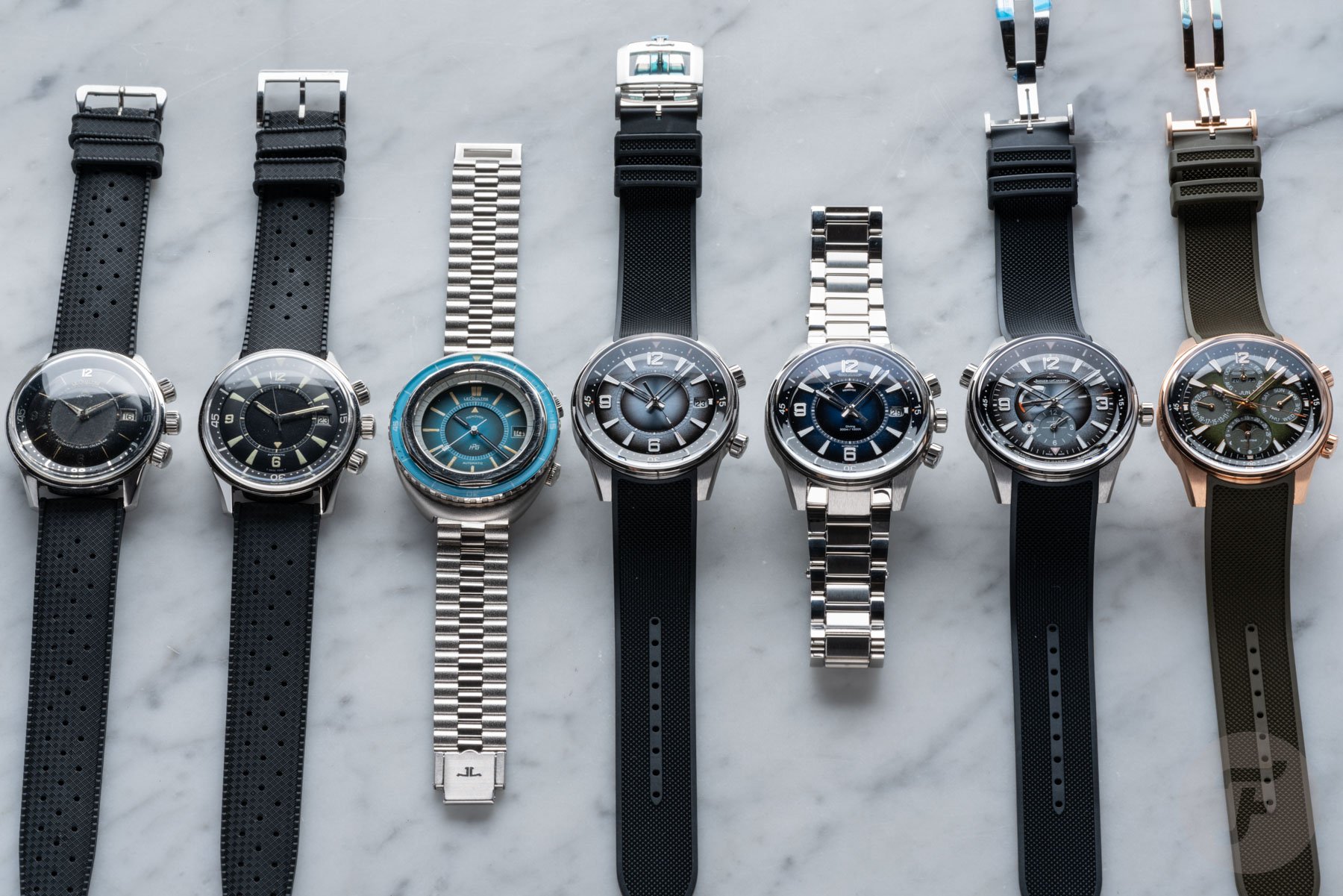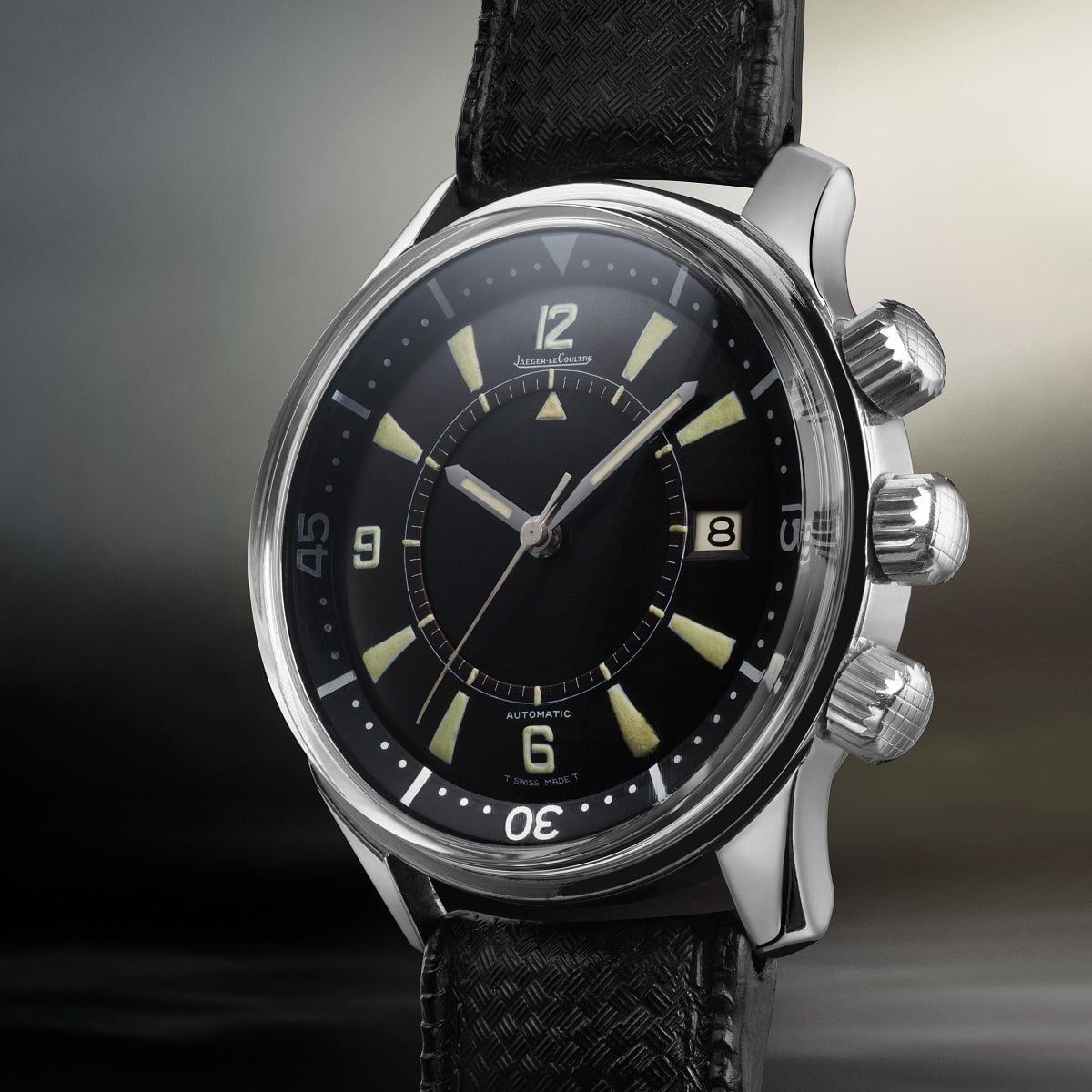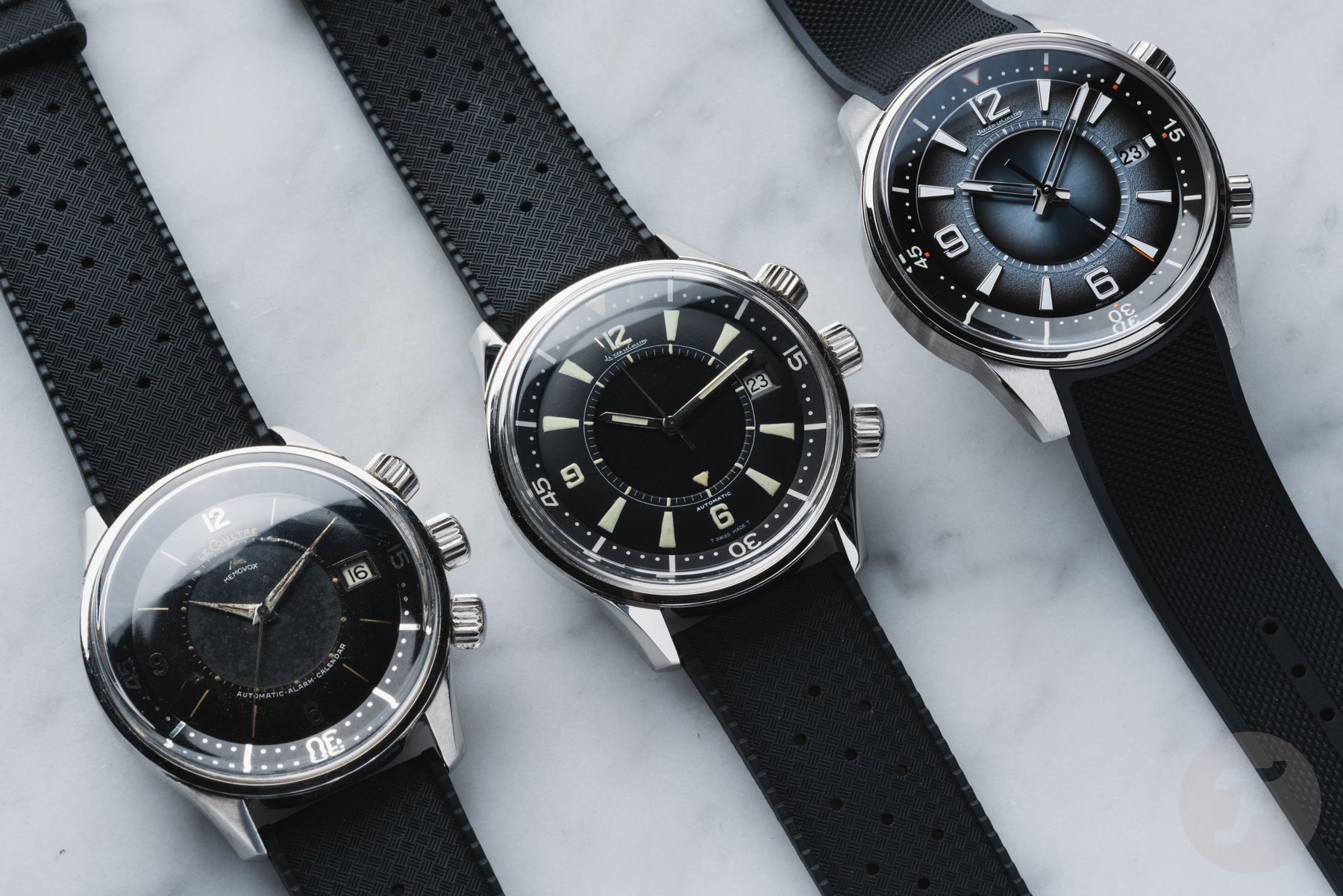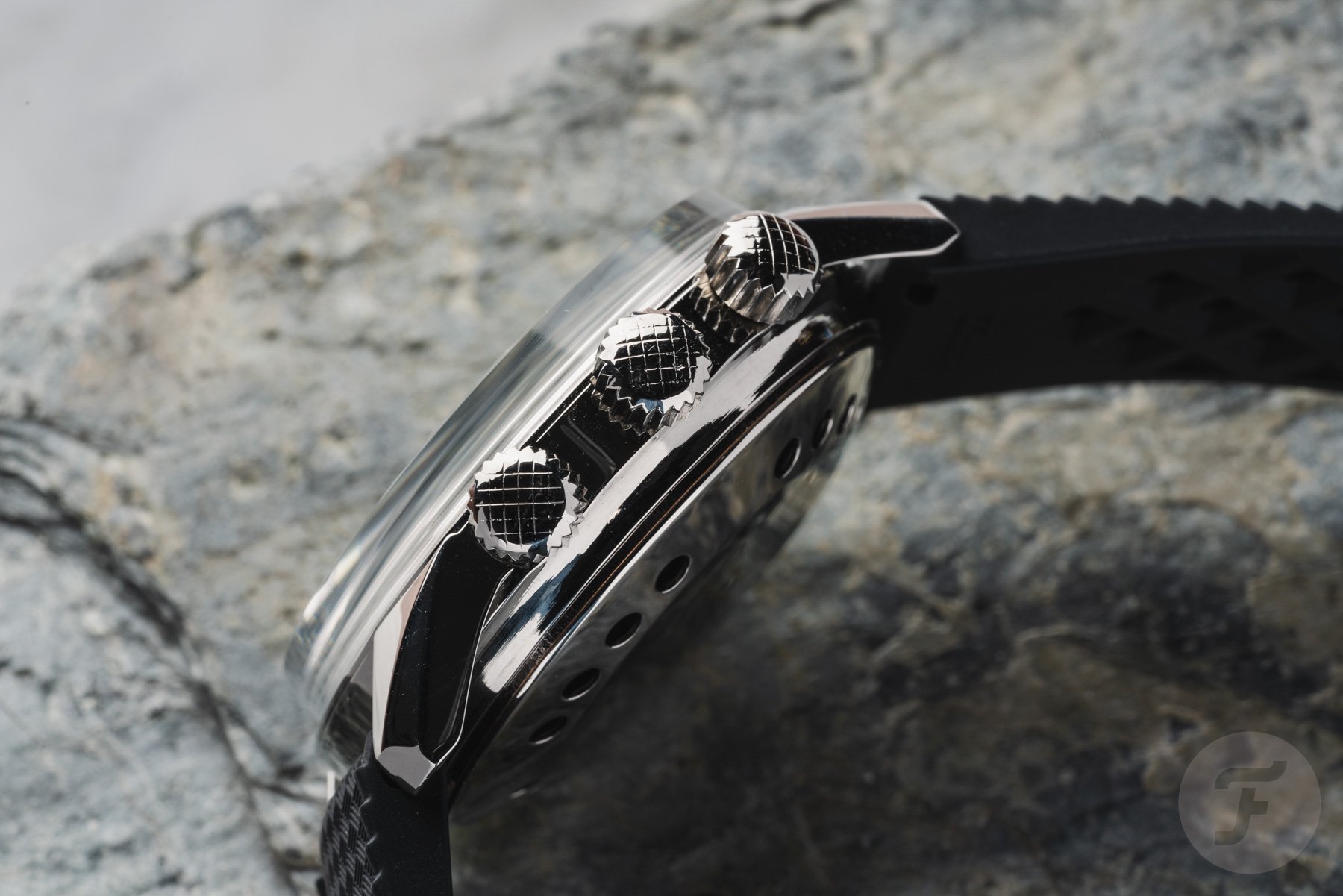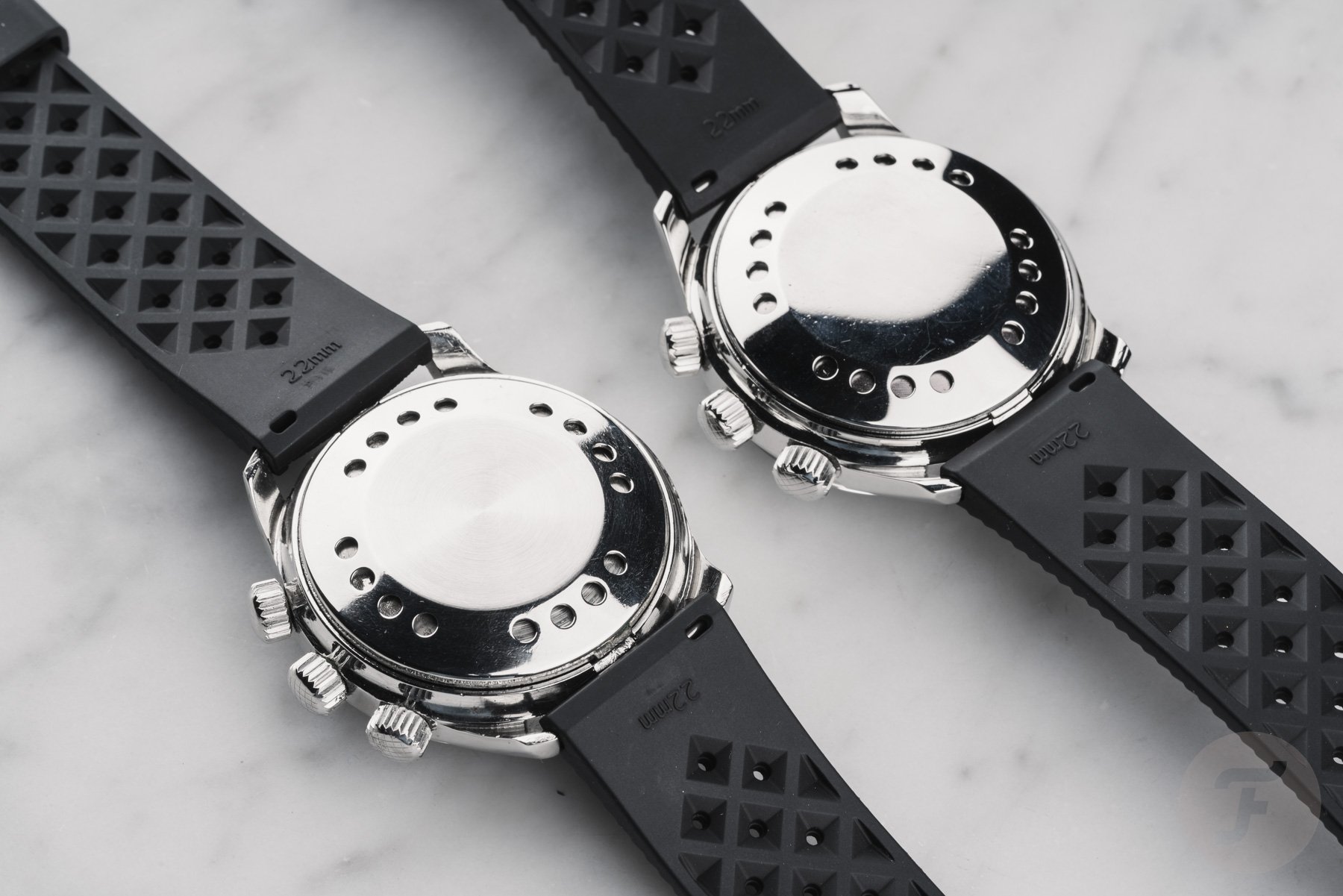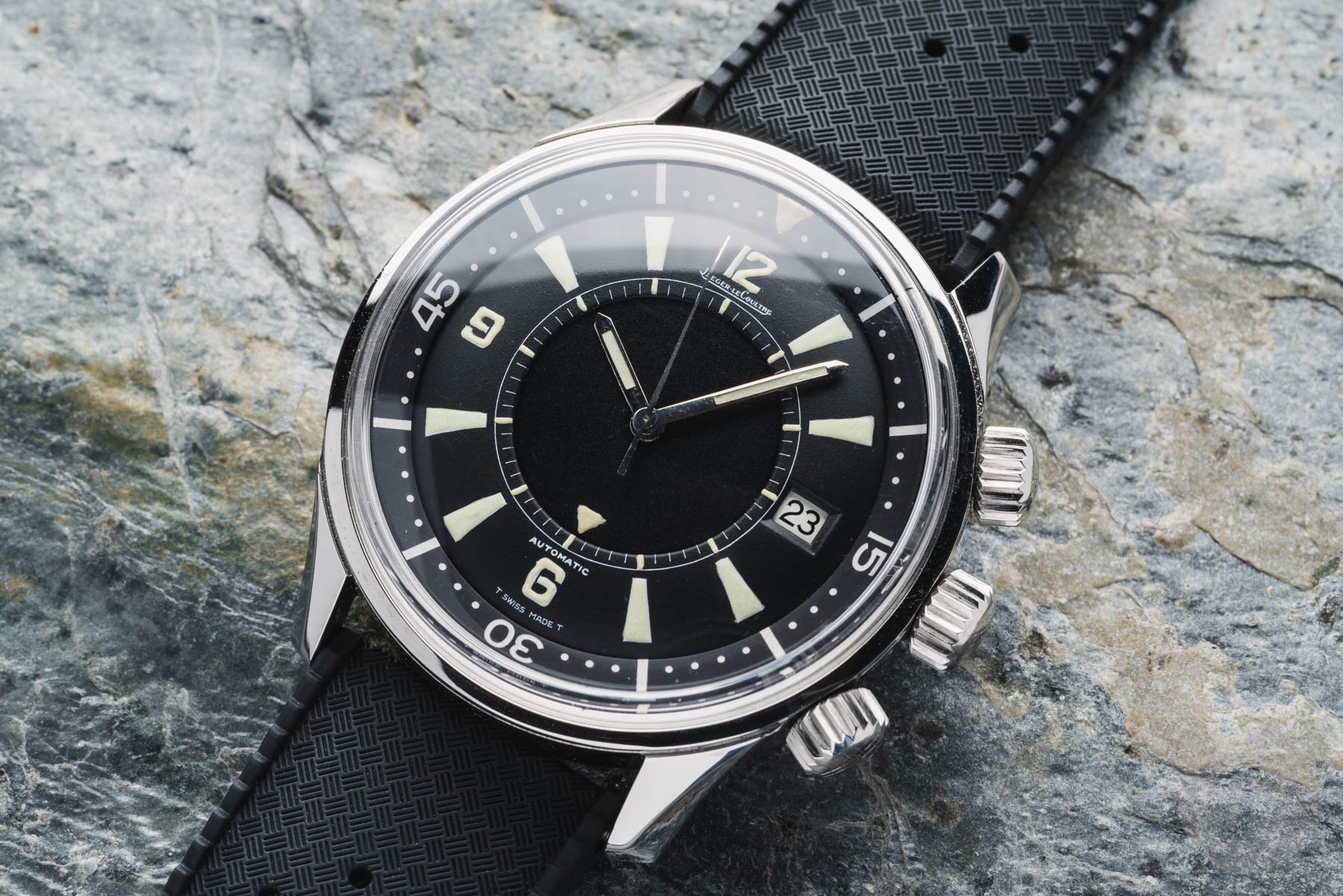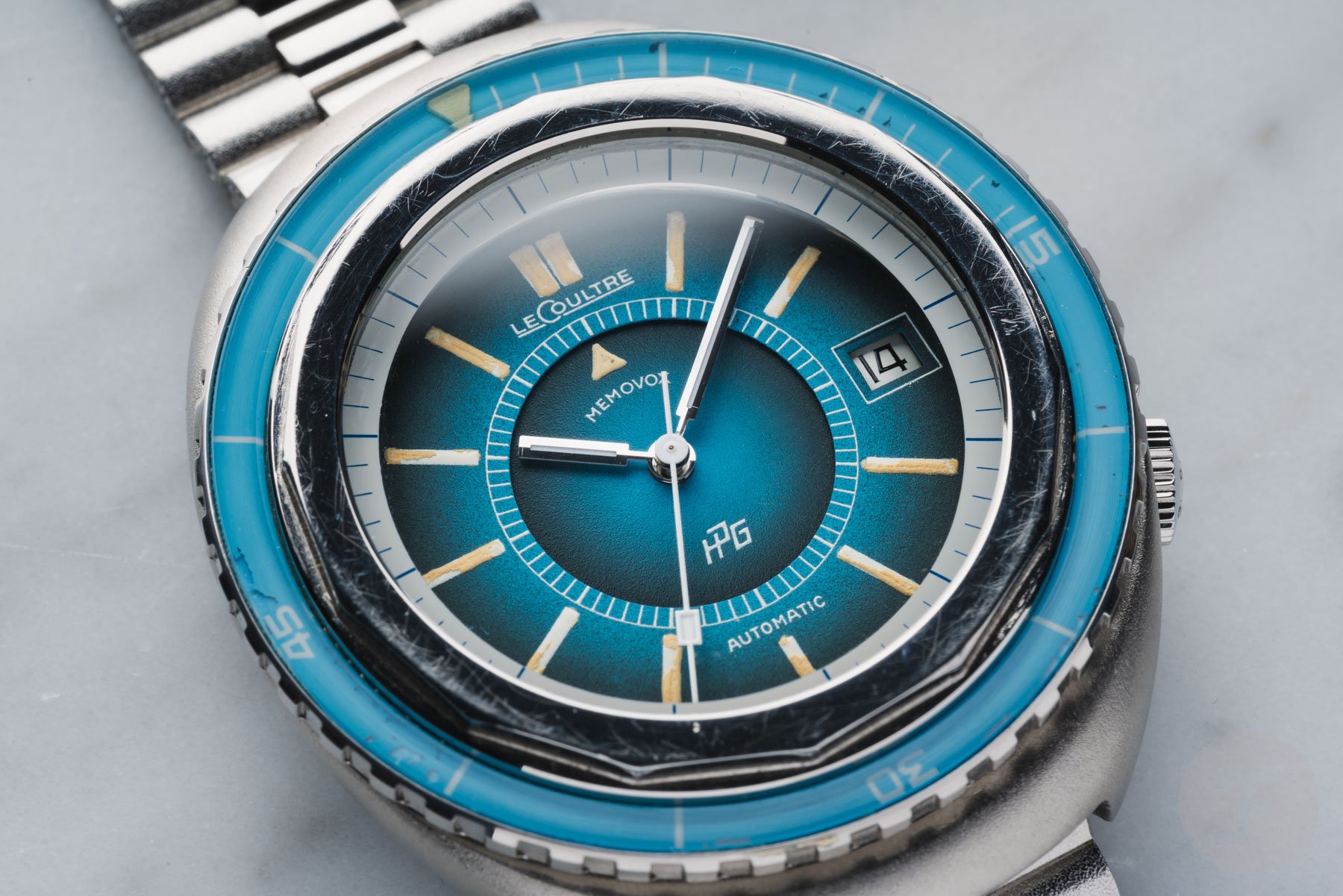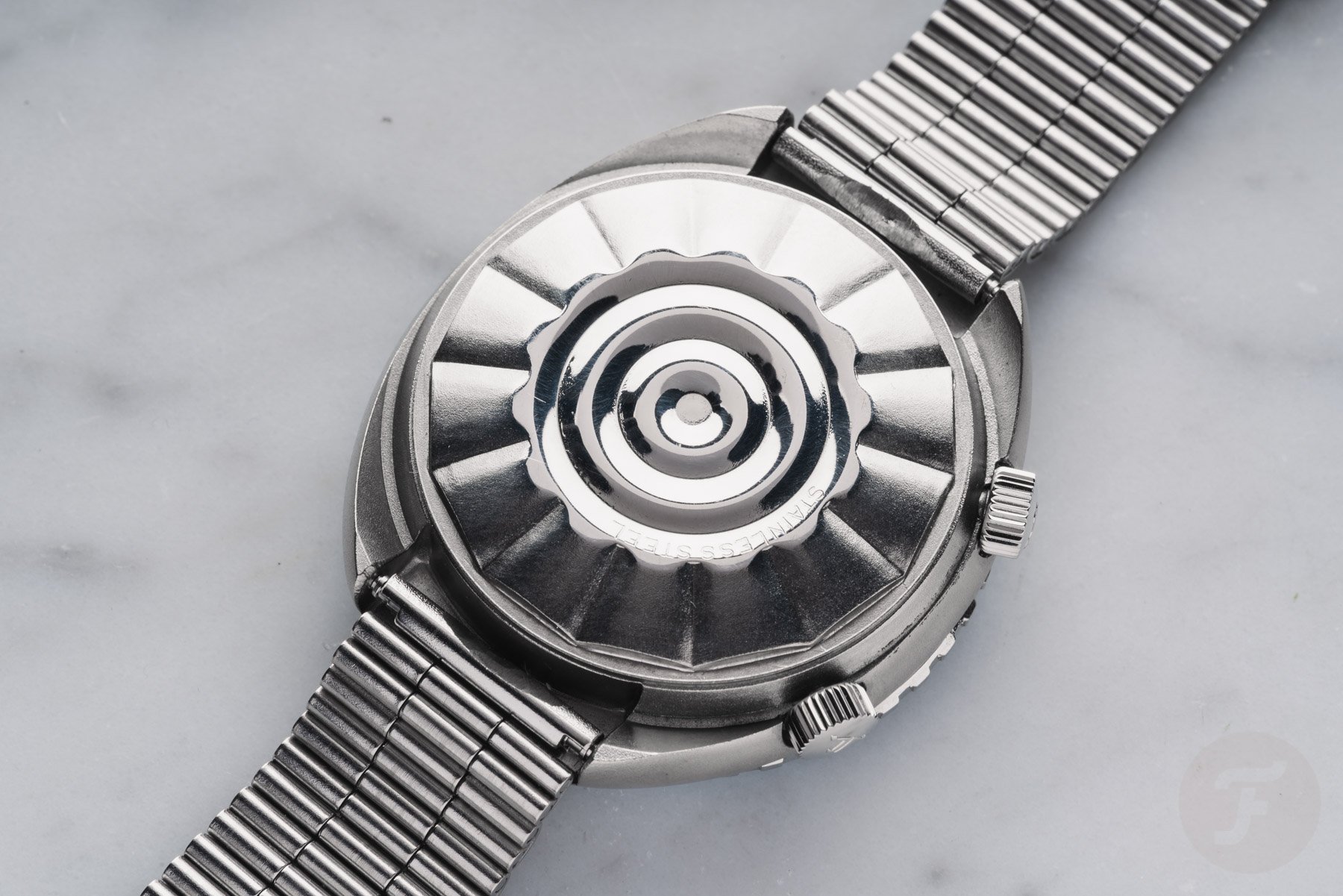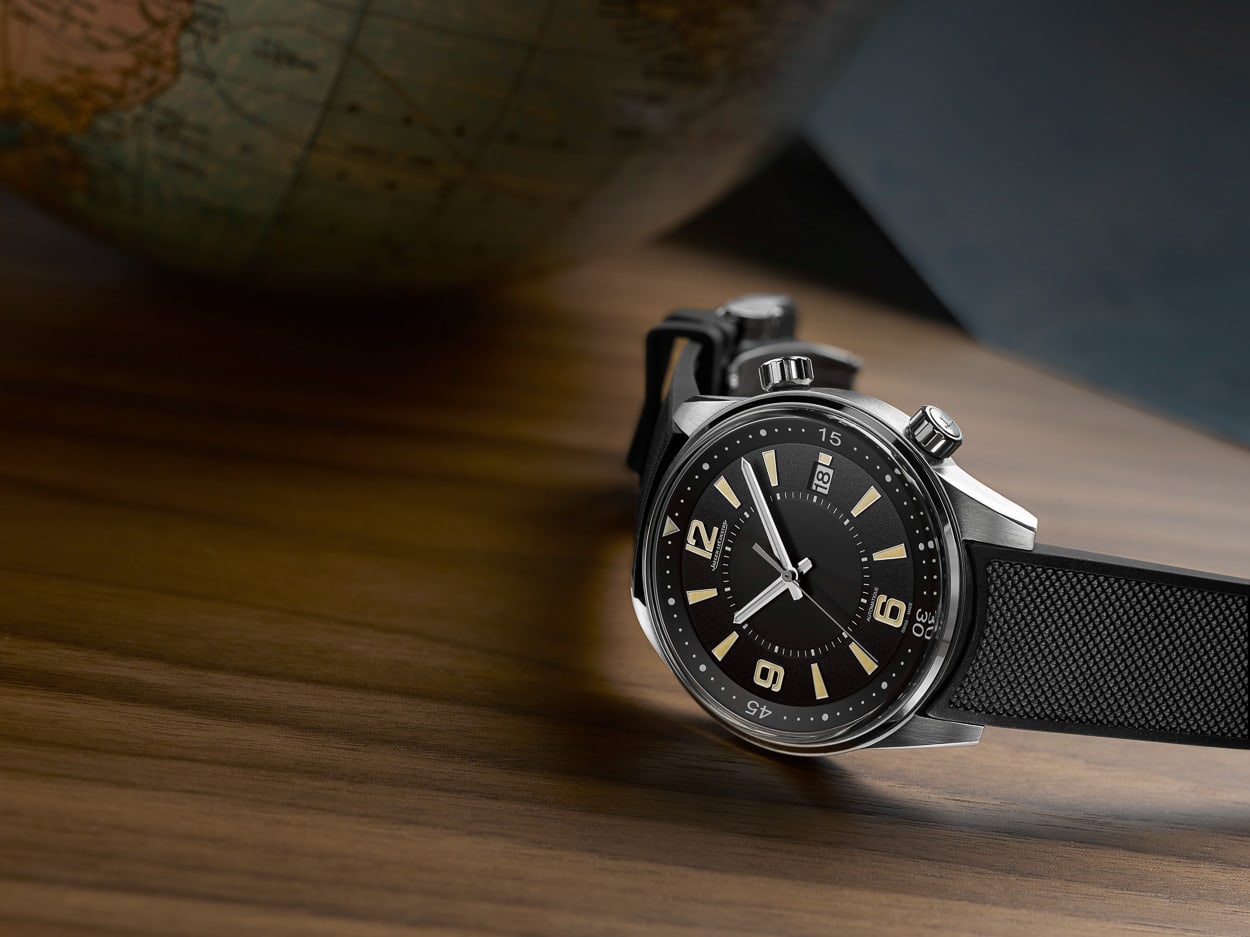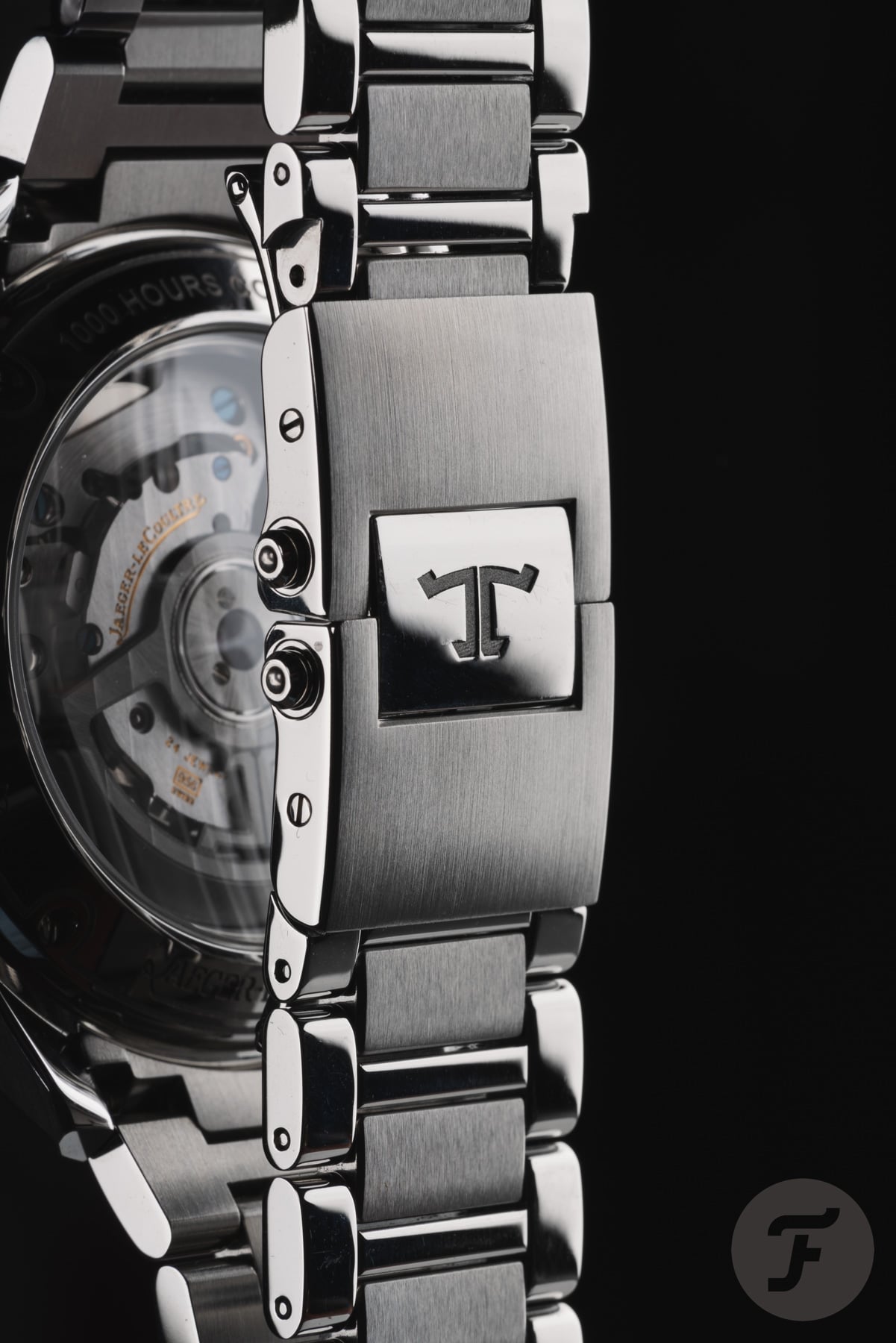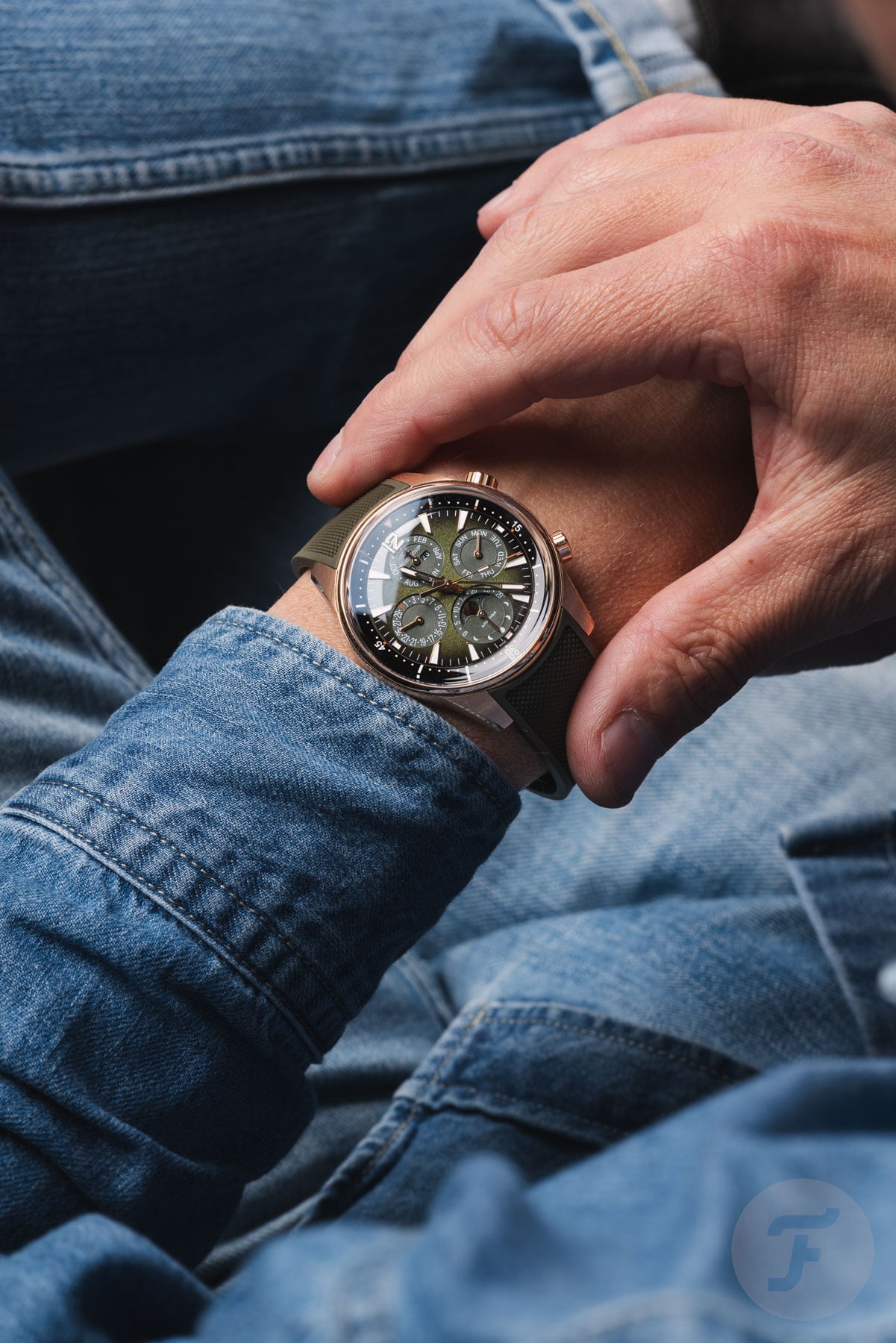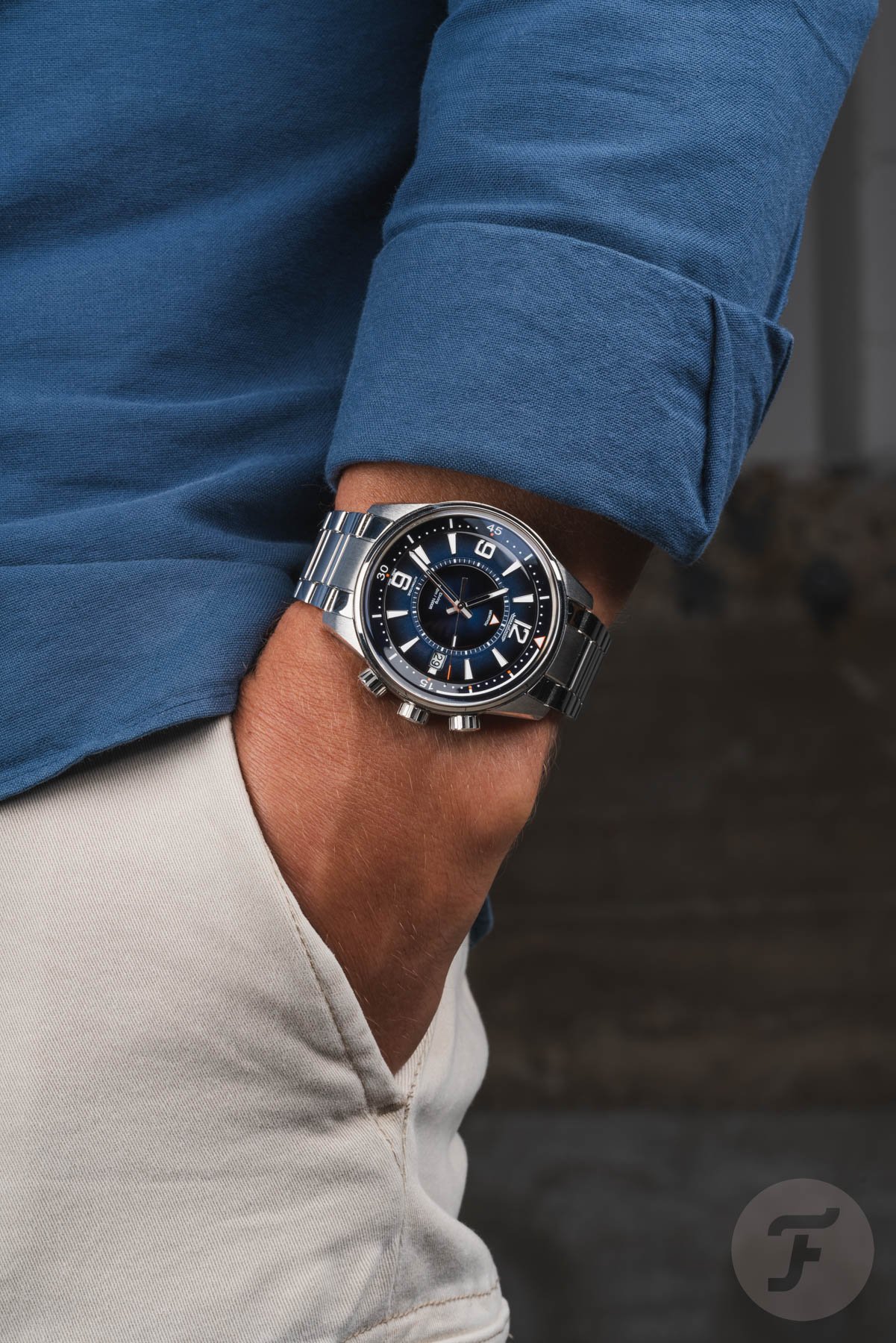A Historical Overview Of The Jaeger-LeCoultre Memovox Polaris
Dive watches are some of the most popular sports watches in the world, steeped in romance and a sense of adventure. While some have become the stuff of legend, others have not received quite as much attention. The Jaeger-LeCoultre Memovox Polaris is one that I feel many often overlook. Its history, however, is fascinating and certainly worth knowing about for any (dive-)watch enthusiast.
Today, we are getting deep into Memovox Polaris history. I even raided the Jaeger-LeCoultre museum for some historic watches so that we could take pictures in our Fratello studio. If you were at the museum and found yourself staring at an empty Polaris cabinet, I apologize! To my chagrin, La Grande Maison did want its watches back, and I must have left my fingerprints on the glass. So they are now safely back on display, and I am out on good behavior. Let’s get into it!
Memovox before Polaris
Polaris may be a household name among watch fans today, but this wasn’t always the case. To get a proper view of the line’s history, we have to divide it into two eras. The first is the 1960s and 1970s, and the second is 2018 to today. The fact that there was no Polaris for several decades may partially explain the watch’s lack of “classic” status.
The Memovox Polaris as we know it, can trace its roots to the Memovox of 1950. “Memovox” is an amalgam of the Latin words memoria and vox, meaning “memory” and “voice” — in other words, an alarm. These watches had two barrels and two crowns. One was for winding the watch and setting the time. The other was for winding and setting the alarm via an arrow on a rotating disc on the dial. An automatic version followed in 1957. This was no small feat as the alarm’s hammer connected to the case back via a pin, turning it into a chime. A freely rotating winding rotor would prohibit this connection, so JLC utilized a bumper automatic with a limited angle instead.
This caliber 825 found its way into the Memovox Deep Sea dive watch of 1959. Then, in 1961, there were proposals for radical improvements, resulting in the Memovox Plongeur in 1965. This is the watch we are highlighting today. However, as you see, there was no “Polaris” in the name just yet. This name was for the US market only and likely inspired by the Cold War-era Polaris sea-to-ground missile, which was quite famous in the US then.
The first-generation Memovox Polaris
I will, however, refer to these as Polaris as this is the name people know today. In 1961, Bertram S. Lowe, the president of LeCoultre Watch Inc. in New York, proposed using a compressor case for the Memovox diver. On his suggestion, the company contacted famous case maker Ervin Piquerez S.A. (EPSA). EPSA was leading innovations in cases with seals that squeezed tighter under greater pressure. The deeper a diver went, the greater the water resistance became. This collaboration would shape JLC dive watches for the foreseeable future.
After years of development and prototyping, reference E 859 debuted in 1965. The oversized (42mm) watch was water resistant to 200 meters. Perhaps the most impressive piece of engineering was the case back, which comprised three layers. The inner steel layer featured the EPSA compression sealing. The second one, a brass core, was the resonator for the alarm. Finally, a third outer layer shielded the resonator from a diver’s wetsuit, allowing the alarm to ring clearly when the watch was on the wrist. Additionally, the production models featured 16 holes in this outer layer so the sound could exit. In case you are wondering, the alarm was indeed for underwater use and allowed divers to hear and feel it.
The Memovox Polaris had three crowns, one more than the non-diving Memovox. The bottom crown was for winding and setting the time and date, while the middle crown was for adjusting the internal rotating dive-time bezel. Finally, the top crown allowed the wearer to wind and set the alarm. All three crowns had a characteristic cross-hatched pattern. Additionally, you will find examples labeled LeCoultre (US market) and Jaeger-LeCoultre as well as versions with dauphine hands, syringe hands, and baton hands.
The second-generation Memovox Polaris
The 2018 reintroduction of the Polaris, however, is based on the second-generation Memovox Plongeur. Introduced in 1966 and produced until 1971, it featured some distinct updates. For starters, the dials went from glossy to matte black. Additionally, JLC introduced the characteristic trapezoid luminous (tritium) hour markers to improve legibility. The different hand styles made way for baton hands only.
In total, the brand produced 1,714 units of the Memovox Polaris, the majority being second-generation models. Both generations featured caliber 825 from the non-diving automatic Memovox. This 17-jewel caliber ticked at 18,000 vibrations per hour and had a power reserve of roughly 55 hours.
The watches came on Tropic-style rubber straps suitable for use in salt water and typical of the era. Additionally, several different bracelet options were available in the US only.
The Jaeger-LeCoultre Memovox Polaris II
Now, you’ve probably already noticed that bright blue beauty in the pictures. This is the Memovox Polaris II with an unmistakable ’70s aesthetic. Again, “Polaris II” was only for the US market, while others referred to the watch as reference E 870 or 14.2320. Produced in 1970 and 1971, the Polaris II was available alongside the Polaris and was not a replacement. It was, however, a radically different watch.
You will immediately notice the oval case and the use of color. The third crown disappeared in favor of an external rotating bezel. Furthermore, the case back was not three layers but one, intricately shaped to still function as a proper resonator. The case also had a 100m water resistance rating and came from two Le Locle-based manufacturers, Nardin and Narval.
A big innovation came in the form of caliber 916. JLC managed to combine the alarm function with a freely rotating bidirectional winding rotor, replacing the earlier bumper solution. Additionally, the brand increased the frequency from 18,000 to 28,800 vibrations per hour and redesigned the escapement. Caliber 916 would remain in production until 1978, long after the Polaris line’s discontinuation.
Reintroducing the Polaris in 2018
Fast-forward to 2018, when sports watches dominated the watch world. The Reverso, Jaeger-LeCoultre’s original sports watch, had slowly turned dressy by modern standards. The Polaris was perfect for a revival, especially since its design had aged so well.
But hold on; were there truly no Polaris models before 2018? Well, there were Tribute to Polaris special editions. There was, for instance, the 2008 limited edition of 768 pieces, a 2013 platinum Tribute to Polaris styled after the Gen 1, and a steel Gen 2 re-edition limited to 1,000 pieces.
Then, in 2018, JLC launched a full new lineup. However, there was one big change: not all the watches were Memovox models anymore. The brand introduced a complete range with a time-only version, a date model, a chronograph, a worldtimer, and…a Memovox. The line has since expanded with continuous new releases.
A new JLC staple
Today, the Polaris collection is a staple within Jaeger-LeCoultre’s catalog. You can see recent models in our photographer Max’s pictures here, including the latest Geographic and Perpetual Calendar. These show that the Polaris template now functions as a canvas for JLC’s full watchmaking capacities, not just as an alarm diver anymore.
What I love about the collection is its evolved design. JLC remains faithful to the original shape and spirit of the Polaris without approaching it overly sentimentally. Sure, you can get versions with faux patina, but overall, it is now a forward-facing line that does not neglect its roots.
The modern Polaris collection is a big favorite of mine, so I felt it was about time we wrote a historical overview of it on Fratello. I hope you picked up something new; I certainly did while researching for this article. Thanks to Jaeger-LeCoultre for trusting us with a selection of museum pieces on loan. I promise I did not take them diving. No, really…I swear. I don’t even dive!

